The Sinclair name is back, attached to a pocket-sized games console with an educational edge
Grant Sinclair’s name is freighted with early computing history. Wallpaper* tapped up the British inventor to find out more about his new GamerCard console and other innovation
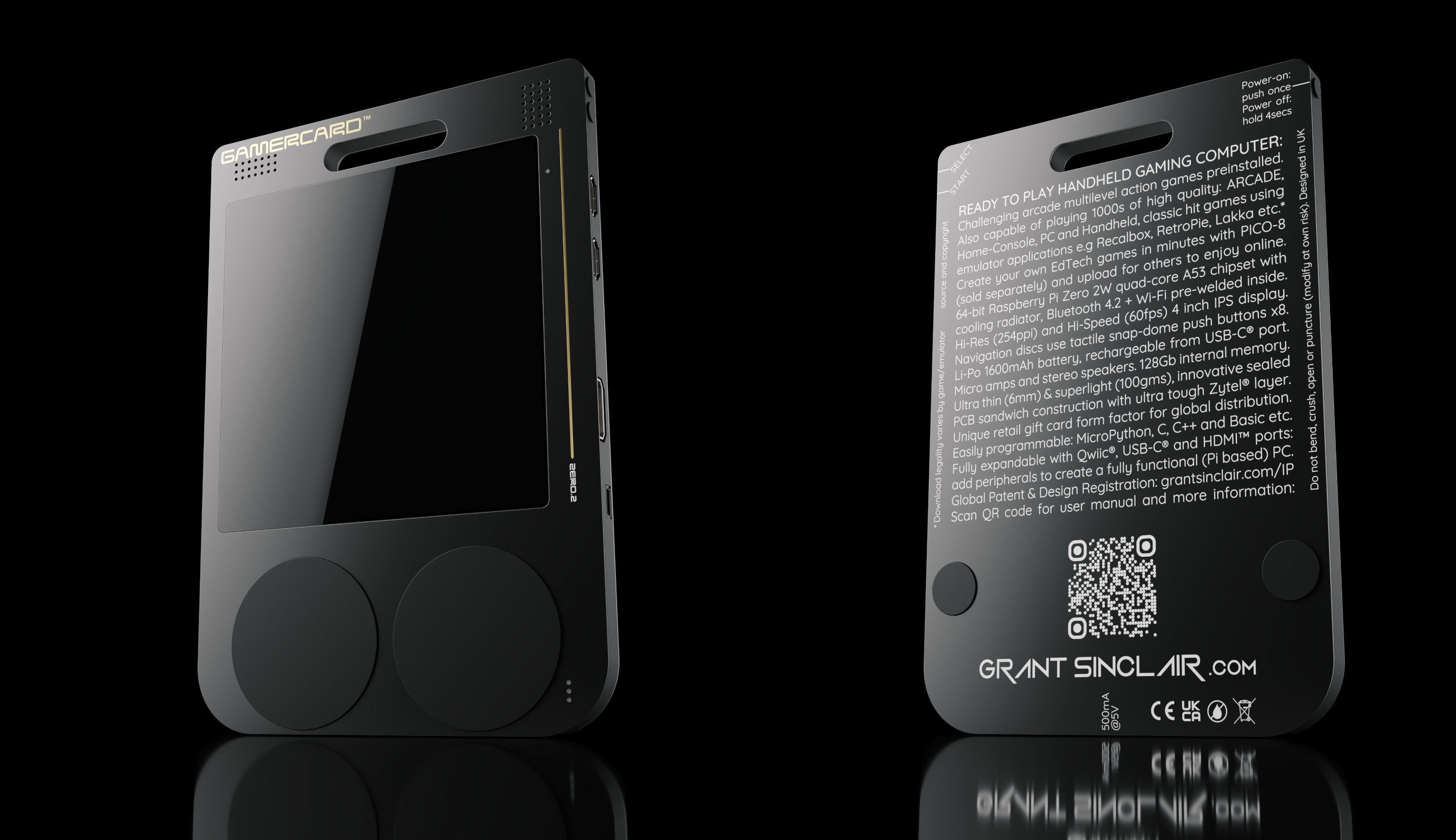
For those of a certain age, the name ‘Sinclair’ will be forever associated with cutting-edge technology. Pre-internet, pre-console, pre-Mac or PC, the engineer and inventor Sir Clive Sinclair brought the very first microprocessors into the homes of millions. Sinclair’s streak of innovation stumbled well before the new millennium began, hastened by an ill-starred foray into personal mobility. But no matter, his home computers, pocket calculators and digital watches earned him a place in the silicon pantheon.
Now another family member wants in on the action. Grant Sinclair, Sir Clive’s nephew and an avid inventor in the same eclectic mode as his uncle, has launched the GamerCard. Described as a ‘A Pocket-Sized Powerhouse for Play and Creation’, this tiny portable console uses the global standard Raspberry Pi computer to create an emulator and developer module designed for use by all.
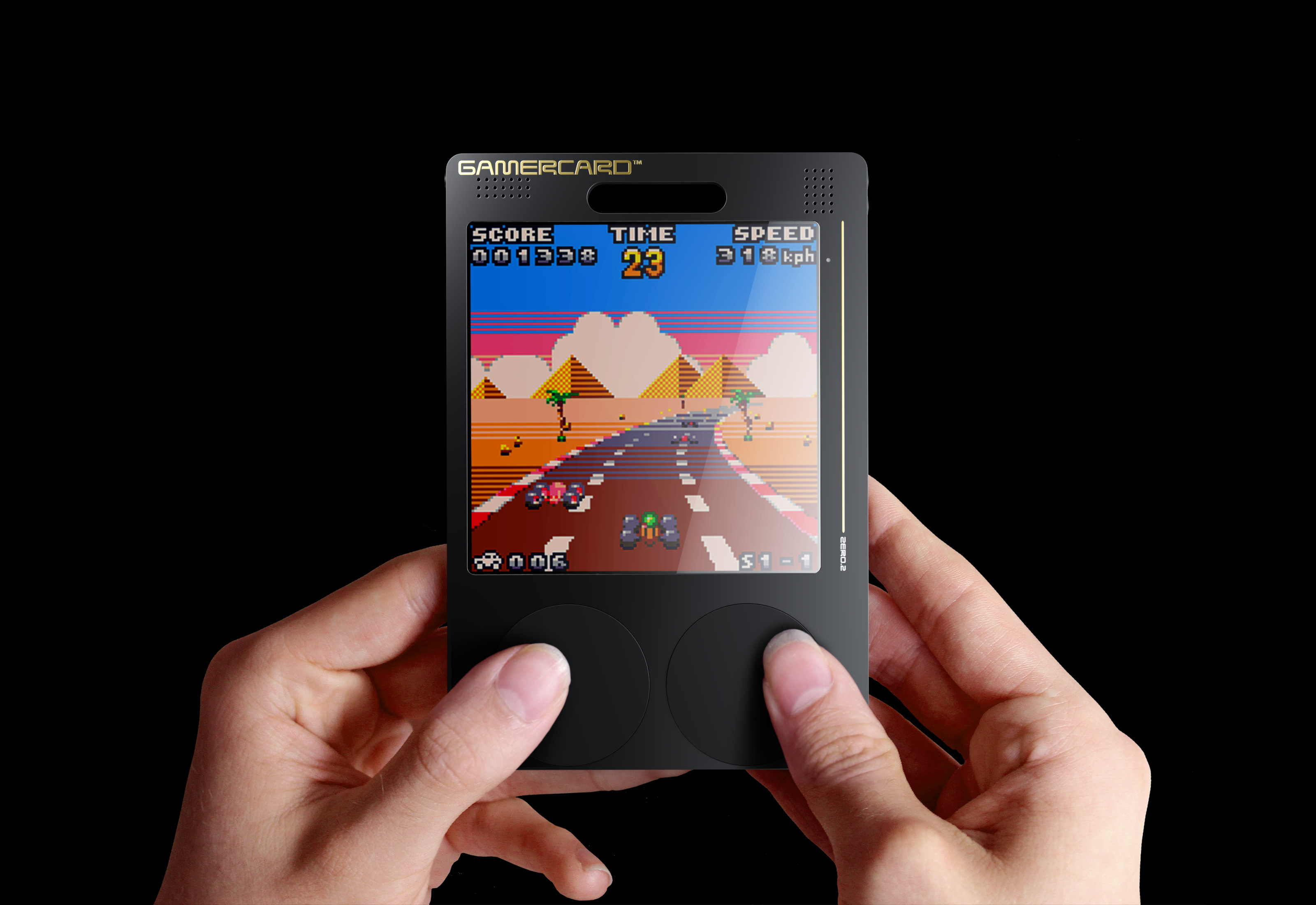
The GamerCard by Grant Sinclair
The tiny device is perhaps the most pocketable console ever made. Although it only ships with a couple of pre-installed games, this Raspberry Pi-based pocket computer is ultimately designed for emulation, a whole world of discovery driven by specialist apps and run by enthusiasts. Game emulation opens up literally thousands of titles (although legally speaking you need to own the original to be able to emulate it).
We spoke to Sinclair about his ambitions and inventions.
Grant Sinclair on the GamerCard, his e-trike, and beyond
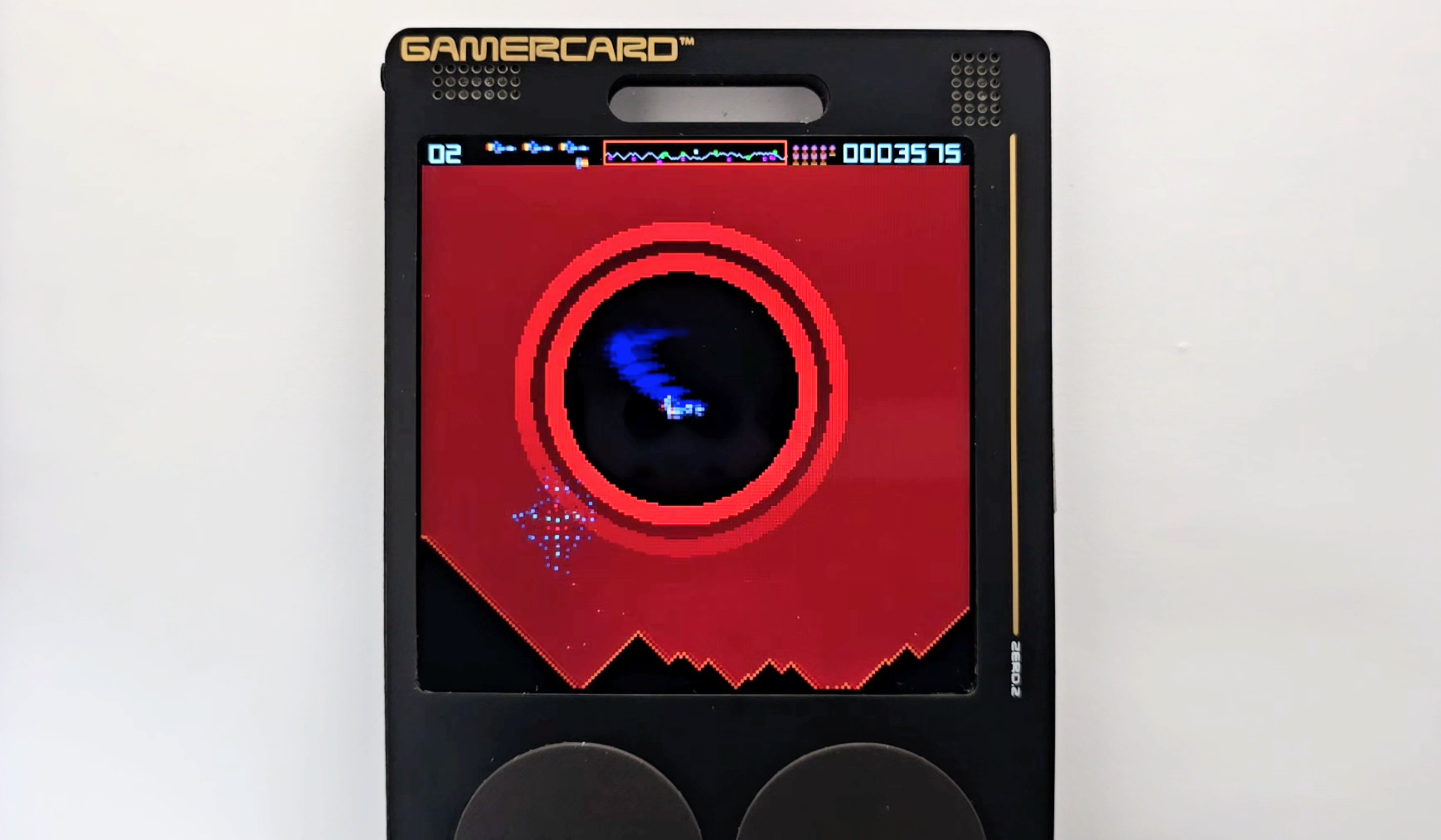
The GamerCard by Grant Sinclair
Wallpaper*: First up, you describe yourself as a futurist – how would you define that term?
Grant Sinclair: For me, being a futurist is less about forecasting and more about creating. It’s about imagining better ways of producing, not just conceptually, but in ways that can be made tangible. I try to create products that challenge assumptions and invite new ways of thinking about design and technology.
W*: Do you think we'll ever see another personal computing revolution of the kind your uncle was such a big part of?
Receive our daily digest of inspiration, escapism and design stories from around the world direct to your inbox.
GS: In many ways, we’re already in one. My uncle Clive revolutionised personal computing by radically rethinking what a home computer could be. The Sinclair ZX81, for instance, used just four chips, while rival machines had 40 or more, allowing it to be sold for under £50, which was a fraction of the price of other machines. That minimalist approach enabled him to create three of the world’s best-selling computers in succession.
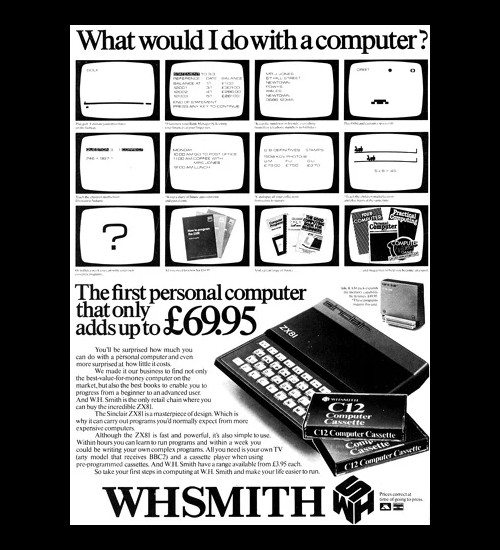
Sinclair ZX81 press advert, 1981
‘GamerCard looks like a retail gift card but is actually a complete computer’
Grant Sinclair
Today, platforms like Raspberry Pi have followed a similar philosophy: democratising computing through accessibility and affordability. Around 70 million Raspberry Pis have been sold since 2011, driven not just by cost but by a culture of creativity and learning.
With smartphones reaching their peak, we’re moving toward post-screen computing, wearables, voice interfaces, AI-driven interactions. Phones already feel outdated. As smartphones plateau and attention shifts to wearables, AI, and ambient interfaces, we’re entering a post-screen era, which I find quite a relief. Watching people walking down the street with their heads permanently stooped over their phones (and ignoring their surroundings) makes me wince. A screenless future feels like a natural and much-needed evolution.
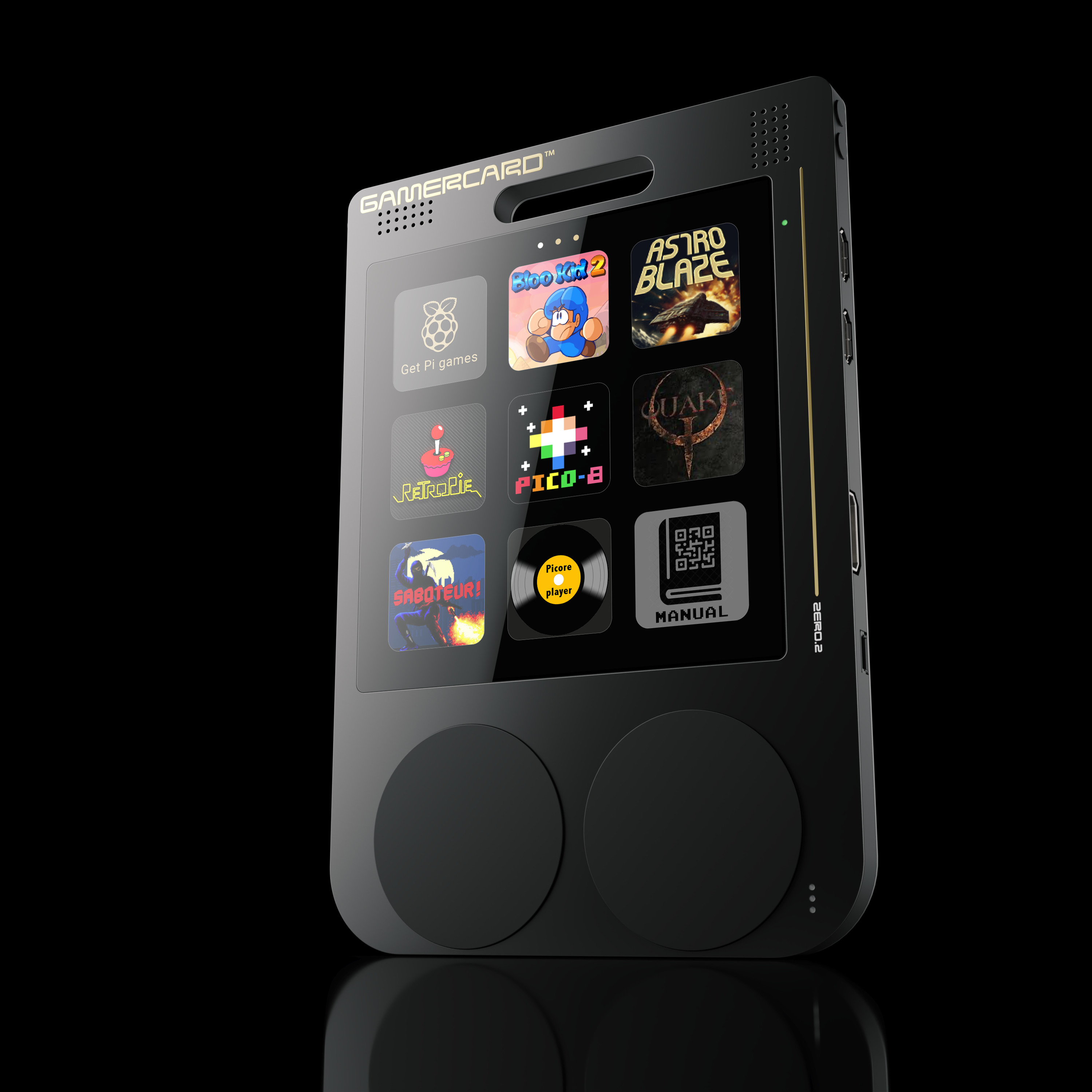
The GamerCard by Grant Sinclair
W*: How did the idea for the GamerCard come about?
GS: I still spend hours in WHSmith flicking through magazines, and one day I started noticing how gift cards, especially gaming ones, were always given the best retail space. They're small, accessible, and everywhere. That sparked the idea: what if I could design a gaming computer in the same form factor?
So I came up with GamerCard, a grab-and-go device that looks like a retail gift card but is actually a complete computer. It’s powered by a Raspberry Pi core, has a high-res display, and comes preloaded with premium games, making it perfect for travel, especially long-haul flights.
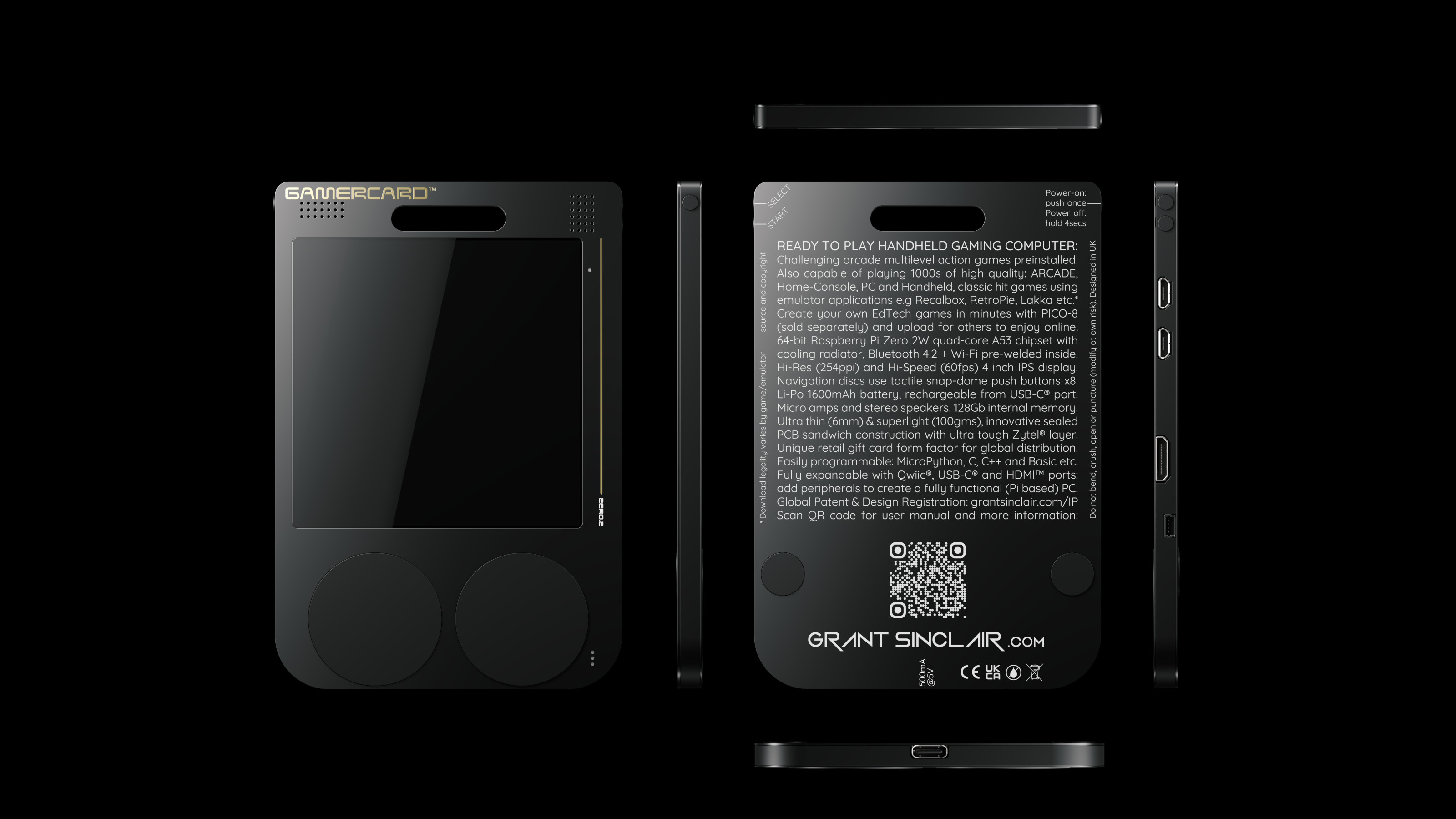
The GamerCard by Grant Sinclair
W*: Do you see the GamerCard as primarily about education or entertainment?
GS: At its heart, it’s entertainment, but with a strong educational backbone. Because it’s built on Raspberry Pi, it taps into a large install base of users. Like in the early days of Sinclair and Acorn machines, parents might buy GamerCard under the banner of learning, only to find their kids gaming on it instead. But that’s often the gateway, just as it was with the ZX Spectrum, where play often turned into programming. The GamerCard encourages that same kind of curiosity: it’s fun to use straight away but also invites users to go deeper and start creating.
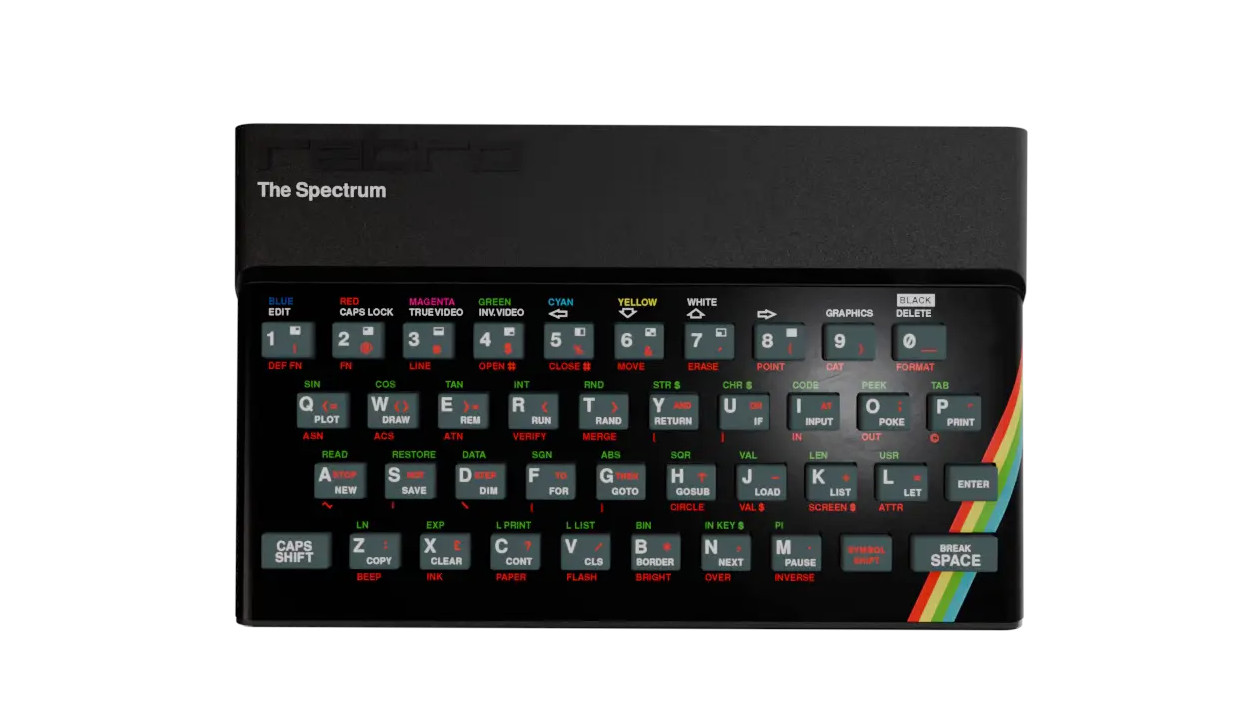
The Spectrum, a modern reincarnation of the original ZX Spectrum
W*: Would you be able to emulate a Spectrum on a GamerCard?
GS: It’s capable of emulating the Spectrum and many other classic systems. But we’ve preloaded it with high-quality, adapted indie games, some originally made for platforms like Nintendo Switch but now converted especially for GamerCard; they really shine on its square-format, high-resolution screen. What’s exciting is the growing interest from indie developers who want to create bespoke titles just for the GamerCard; its square screen has a sort of vinyl cover art aesthetic.
Other developers are converting their classic titles, including Clive Townsend, creator of the Saboteur hit trilogy for the ZX Spectrum, who has ported and upgraded his series to GamerCard. He once told me the original Saboteur did so well, it allowed him to buy a house outright. It's satisfying to see classic hits reimagined for GamerCard.
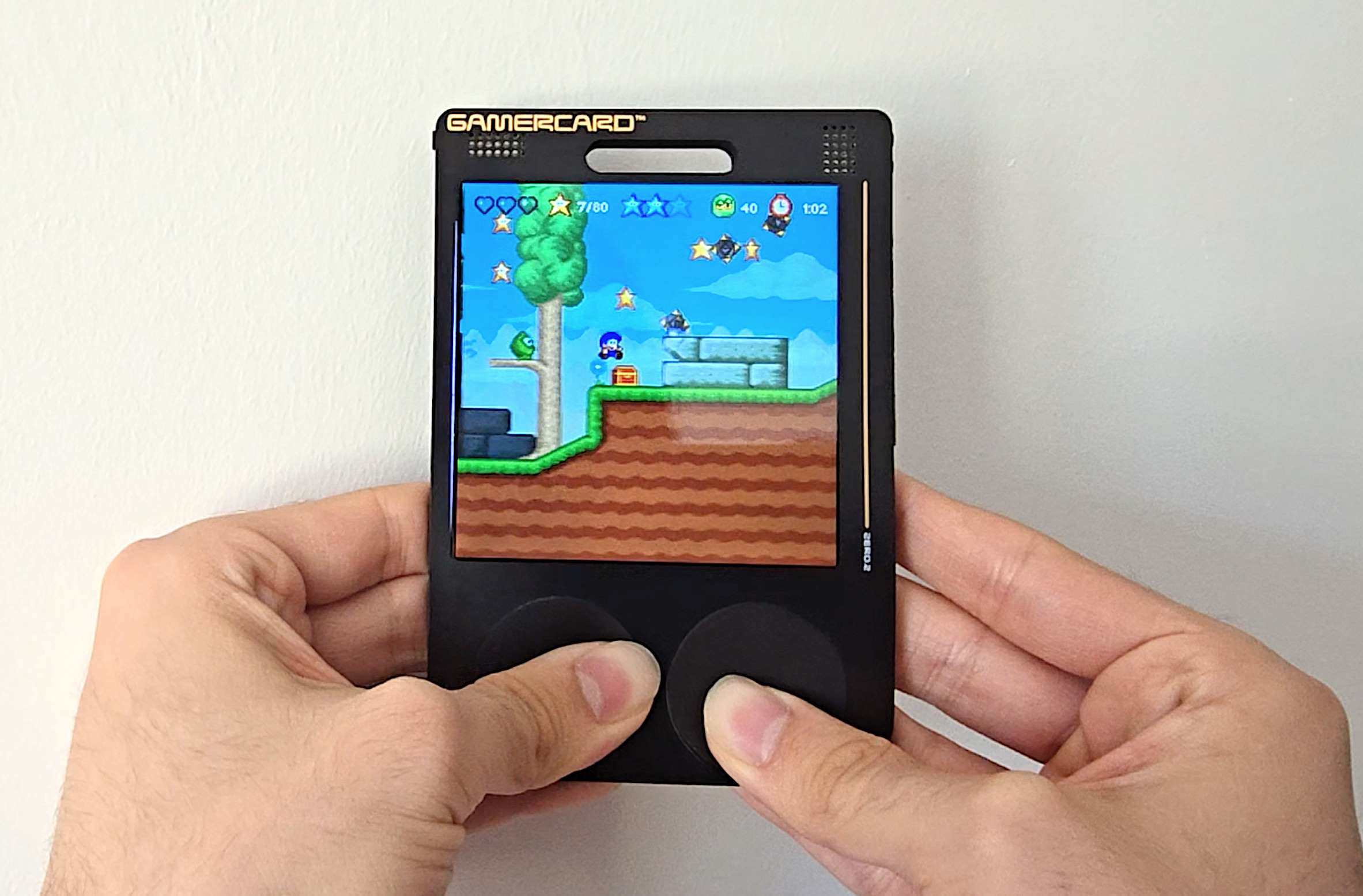
The GamerCard by Grant Sinclair
W*: Do you see the need for technical knowledge and an ability to 'look under the bonnet' of devices as an integral part of your creations?
GS: GamerCard is not only for people who have technical knowledge. I want users to have a rewarding experience off the peg but also feel invited to explore further. A lot of DIY electronics kits end up being one-off projects that get used then put in a drawer. To counter that, GamerCard includes a Qwiic connector, allowing users to expand it without soldering – just plug in a breadboard or connect sensors, relays, etc. It’s designed to encourage experimentation, without the usual barriers.
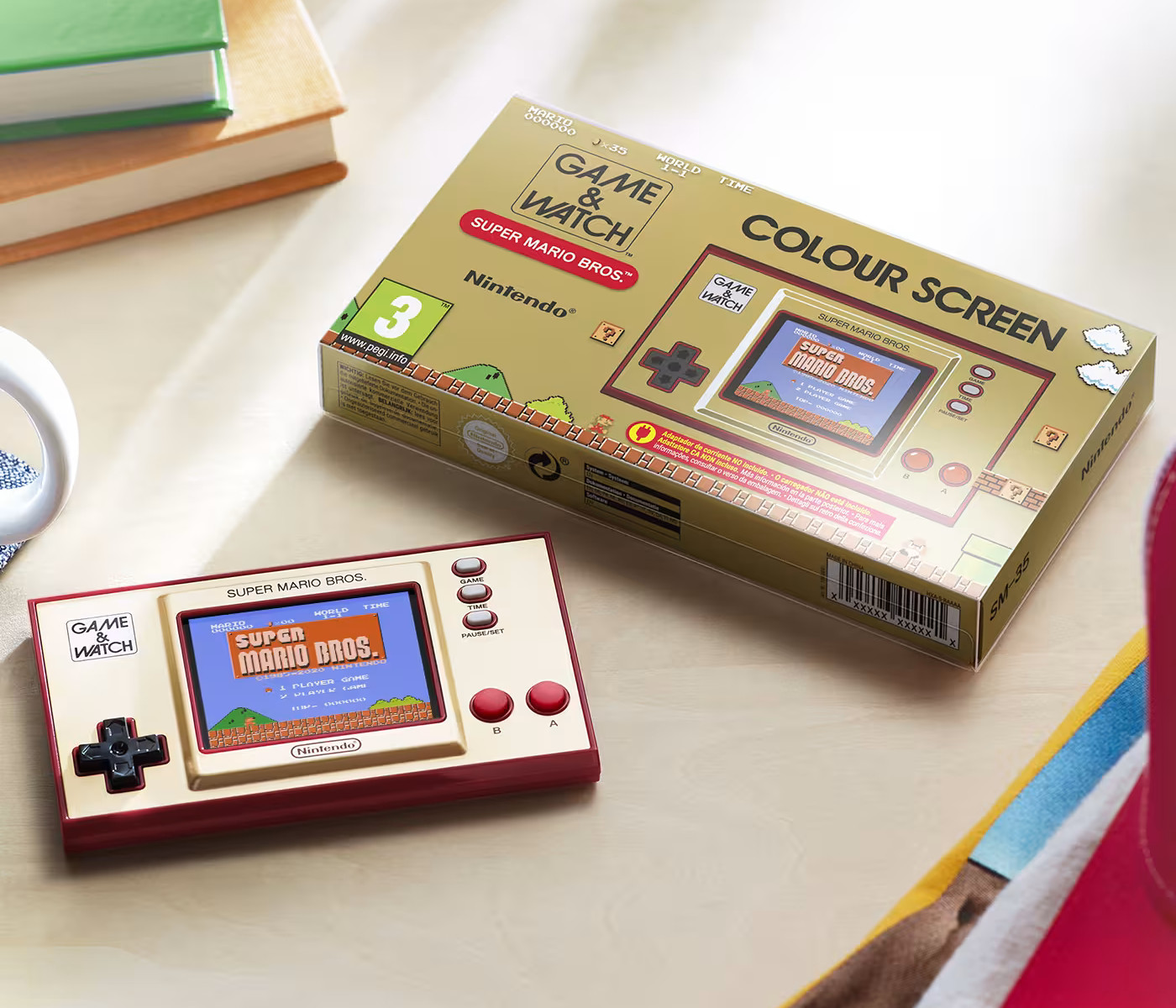
Nintendo's 2020 remake of Super Mario Brothers in Game & Watch format
That mindset really comes from how I grew up. My father was an industrial designer for a company that made intelligent games computers in Hong Kong, and he’d often bring back all kinds of gadgets from his trips, products he found inspirational for his work. That’s actually how I first saw a Nintendo Game & Watch in 1980, before it was even branded as Nintendo in the UK. Japanese companies like Sony would test-market their domestic market tech in Hong Kong, so I’d get to see incredible devices that never made it outside Japan. I would often peek inside these gadgets for insight.
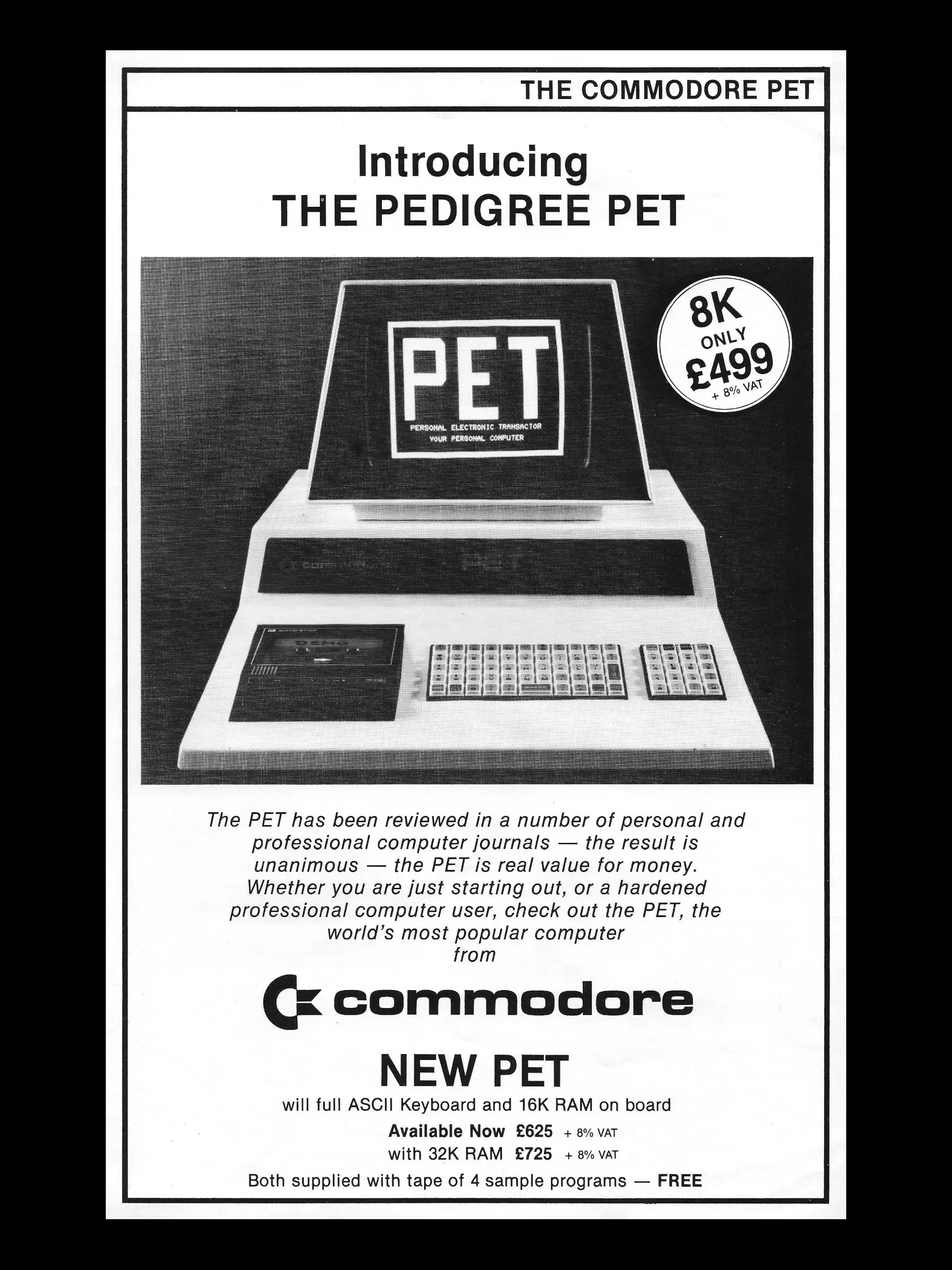
Commodore Pet advert, 1978 (via Nosher.net)
My uncle’s house was the same – in the 1970s, it felt like a testing lab, he always had the latest gear: electric toothbrushes, microwave ovens, Commodore PETs, piles of mechanical calculators... and often, they were all taken apart. Tearing things down was actively encouraged. That whole culture of curiosity, experimentation, and understanding what’s going on under the surface has shaped the way I develop products to this day.
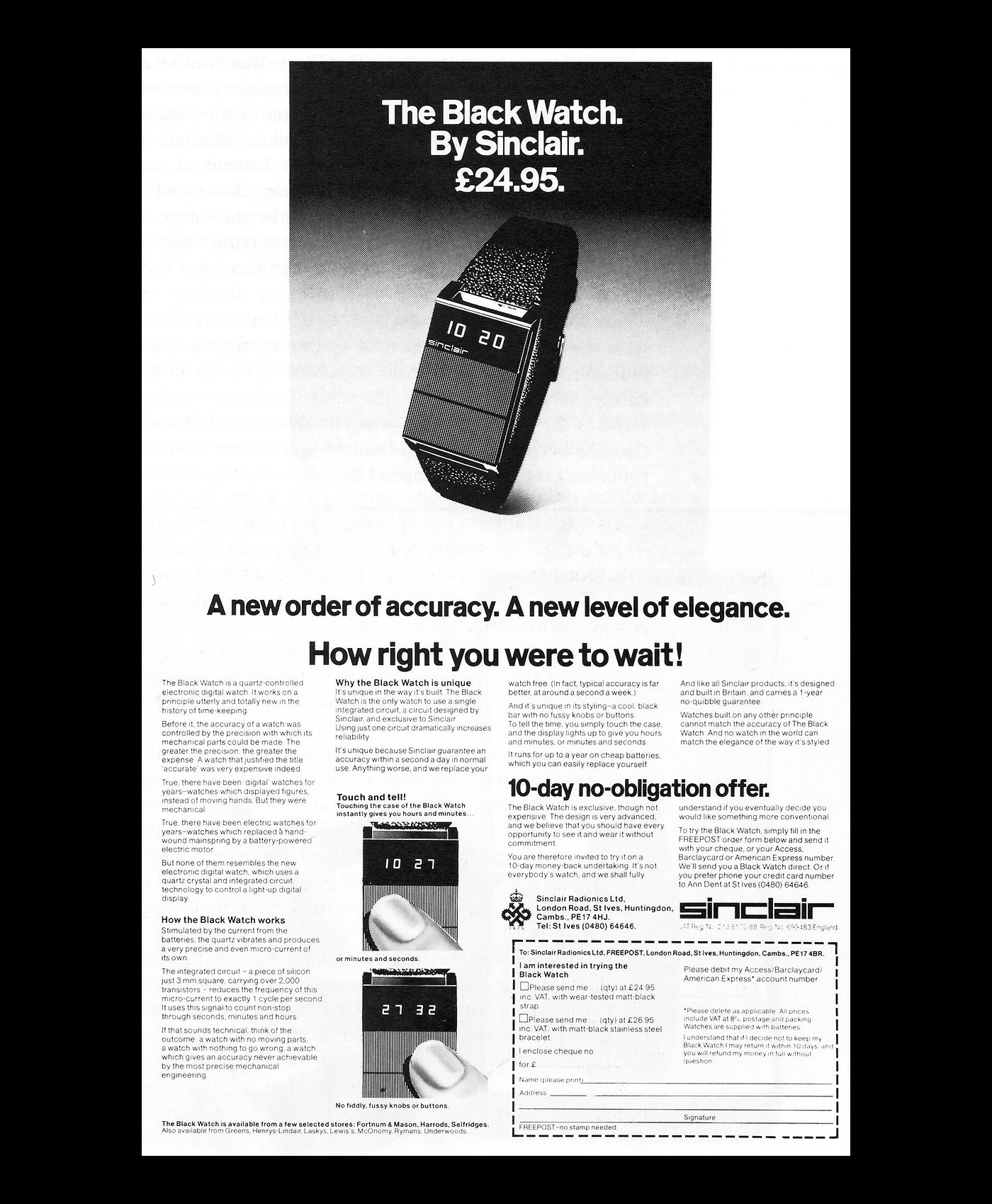
Sinclair Black Watch, 1975 (via The Register)
W*: In terms of industrial design, you've gone for the 'family' black approach. Is there an element of nostalgia in that for old school Sinclair devotees?
GS: My father produced some of the early industrial designs for Clive, which were often black, for example, the Executive – the first pocketable calculator – this moulded the Sinclair House style for Clive. However, my choice of black wasn’t nostalgic, it was driven by aesthetics and material selection. GamerCard uses a PCB sandwich construction with no outer casing. The board itself is the enclosure. Black PCBs give it a premium, tactile feel, and the gold and white graphics are actually tracks baked into the board during manufacturing, so there's no need for screen printing, printed labels or overlays.
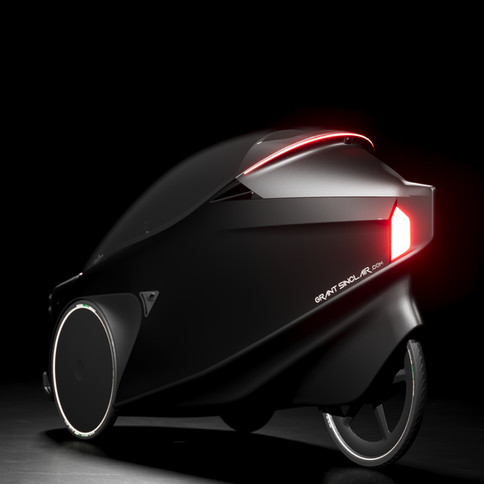
The IRIS eTrike by Grant Sinclair
The result is raw and minimal, the engineering becomes the aesthetic. And because the device is effectively its own pack, there’s no need for extra wasteful materials. The last time I was on my way to visit Clive, I had in my pocket a prototype of my earlier design of handheld computer made from a PCB stack that I planned to show him. The construction technique is similar to the one used for GamerCard. Sadly, I got the call from my father to say Clive had just died, so he never got to see it.

The IRIS eTrike by Grant Sinclair
W*: How is the production version of the IRIS coming along? Is your passion in mobility, or are you across all forms of innovation?
GS: I’ve taken everything I have learned from the feedback of the original concept and completely re-engineered the IRIS eTrike from the ground up. This new production model uses a next-gen architecture that’s all about safety, performance, and ease of manufacture.
The monocoque shell now has carbon-fibre elements, which gives exceptional torsional rigidity and strength. EPP foam elements have been integrated directly into the structure, so impact absorption is built-in and it's incredibly light for an EV. Climate control with carbon+hepa filtration cleans the outside air from pollutants and channels pure cool air into the cockpit.
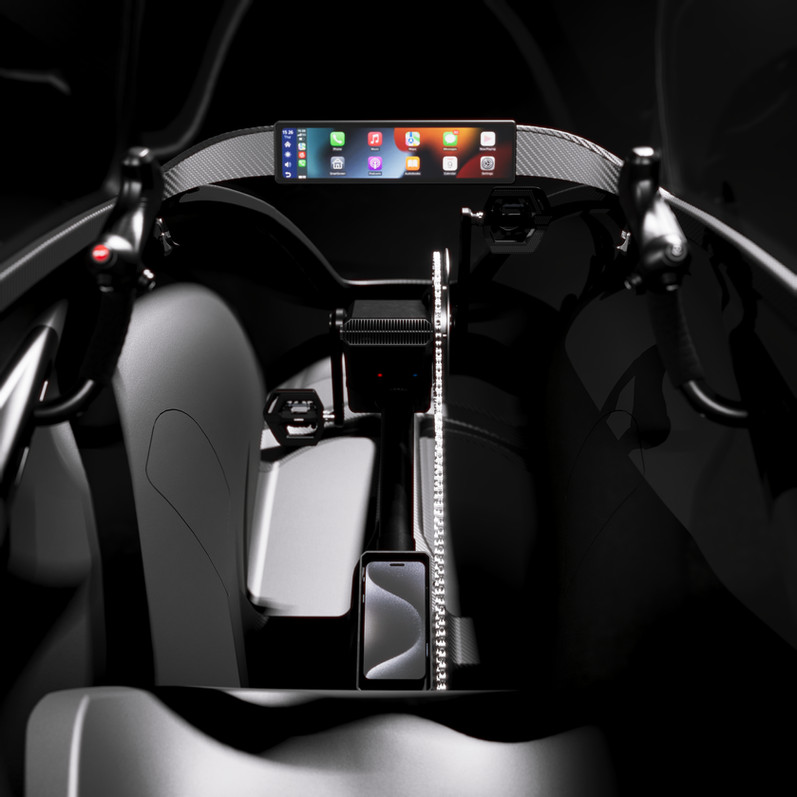
The IRIS eTrike cockpit by Grant Sinclair
I have designed a dedicated 150 sq m showroom for IRIS eTrike in Norway, which is now signed off for completion, and we have engaged a European manufacturing partner, so production is on track for shipping next year. We’re also planning to invite astronaut Tim Peake, who gave a glowing review after testing the original prototype, to experience the final production version.
My interests go beyond just mobility. I’m drawn to things like transportation, gaming, photography, and architecture – anywhere everyday experiences can be improved through clever design and thoughtful engineering. I’m especially interested in the overlap between how things work and how people interact with them. That’s often where the most interesting ideas start to take shape.
GrantSinclair.com, @GrantSinclairFuturist
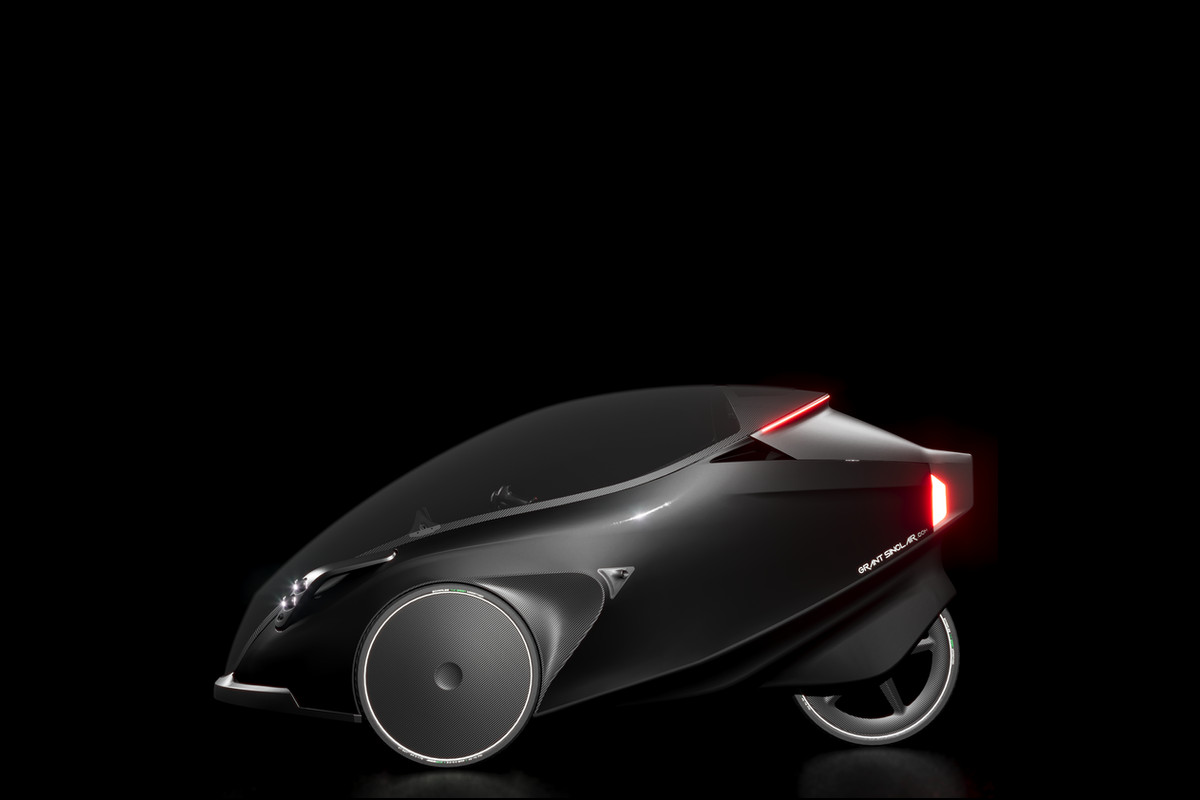
Jonathan Bell has written for Wallpaper* magazine since 1999, covering everything from architecture and transport design to books, tech and graphic design. He is now the magazine’s Transport and Technology Editor. Jonathan has written and edited 15 books, including Concept Car Design, 21st Century House, and The New Modern House. He is also the host of Wallpaper’s first podcast.
-
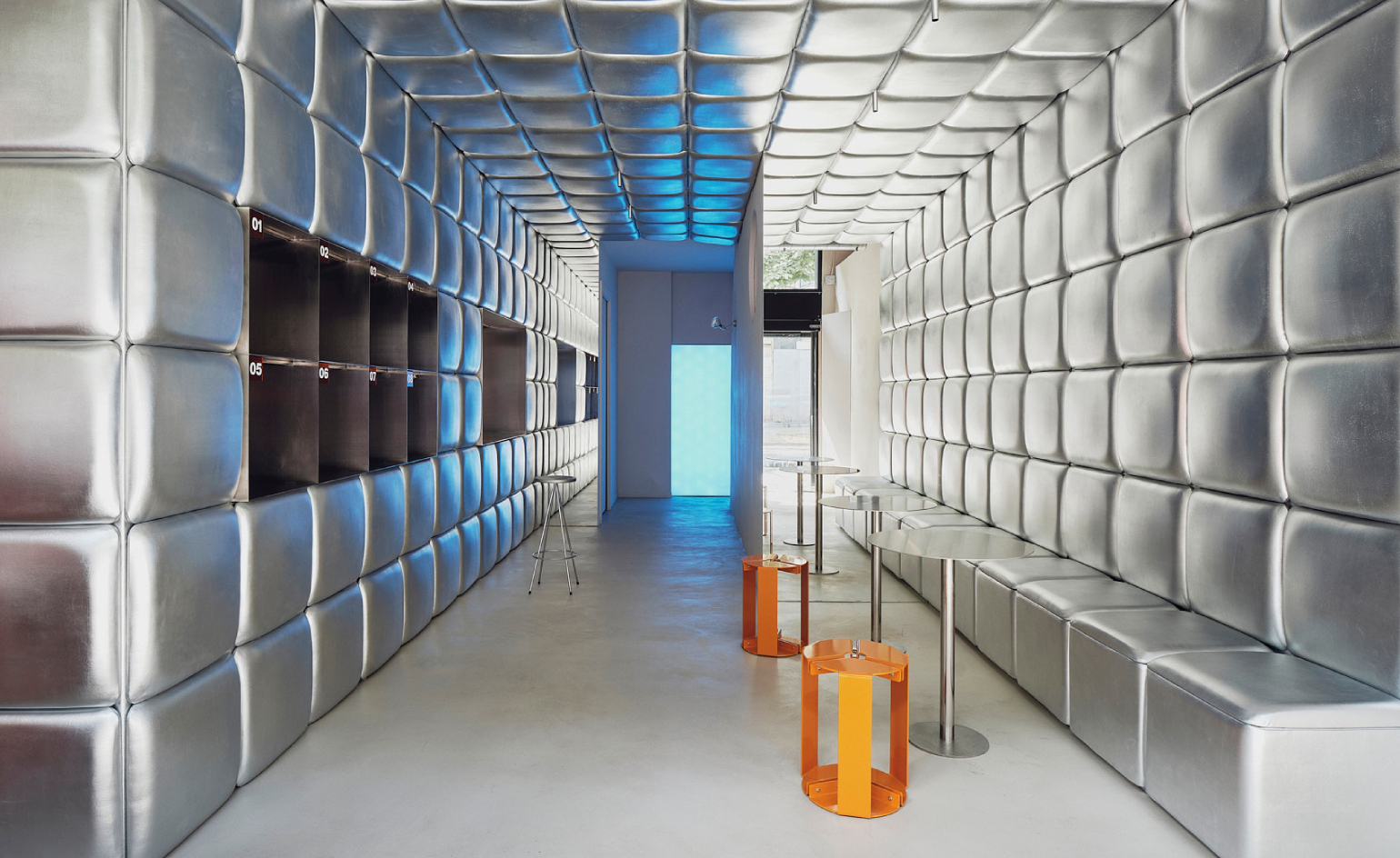 Enter a metallic, maximalist playground for pasta lovers in Barcelona
Enter a metallic, maximalist playground for pasta lovers in BarcelonaRelleno’s first flagship restaurant pushes casual dining into a chrome-lined future, wrapping guests in a sculptural grid that riffs on the geometry of filled pasta
-
 This Alpine chalet rejects the ‘modern ski’ aesthetic to embrace art deco
This Alpine chalet rejects the ‘modern ski’ aesthetic to embrace art decoOriginally designed by architect Henry Jacques Le Même, a key figure in shaping the Alpine style, Le Sarto in Megève, France, has been captivatingly transformed by interior architecture studio Claves
-
 How Costanza Vallese distilled Fendi's codes into a collection of furniture for Design Miami
How Costanza Vallese distilled Fendi's codes into a collection of furniture for Design MiamiConstanza Vallese’s lily-studded salon for Fendi at Design Miami 2025 (2-7 December) celebrates legacy, creativity and craftsmanship through five artisanal collaborations
-
 New Leica Q3 Monochrom camera sees the world in black and white
New Leica Q3 Monochrom camera sees the world in black and whiteDefined by its crisp 60MP monochrome sensor, the Leica Q3 Monochrom is a camera designed for those who want to focus only on light, shadow and form
-
 Apple Watch Ultra 3 has innovation at its heart – a 3D-printed titanium case
Apple Watch Ultra 3 has innovation at its heart – a 3D-printed titanium caseWe delve into Apple’s pioneering use of 3D-printed metal, and how it ties in with the company’s path to carbon neutrality
-
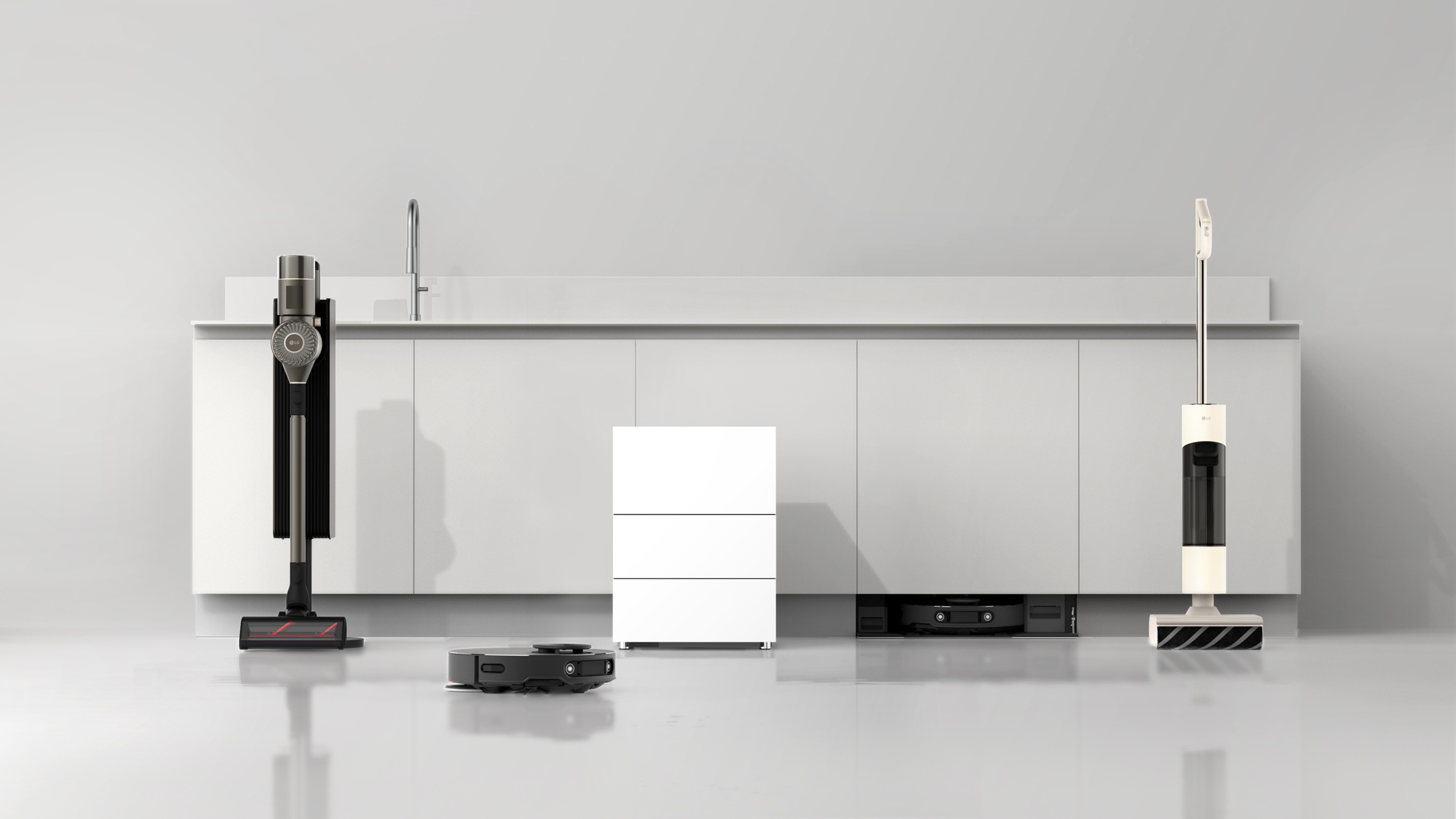 LG rolls out its ThinQ AI into a sleek new crew of connected home helpers
LG rolls out its ThinQ AI into a sleek new crew of connected home helpersThe age of thinking washing machines is well upon us, thanks to companies like LG and its ThinQ AI system, which harnesses artificial intelligence for better appliance integration
-
 Swedish tech brand Transparent launches its Aroma Diffuser for the home
Swedish tech brand Transparent launches its Aroma Diffuser for the homeThe audio specialist moves into the olfactory zone with its latest product, the elegant Aroma Diffuser
-
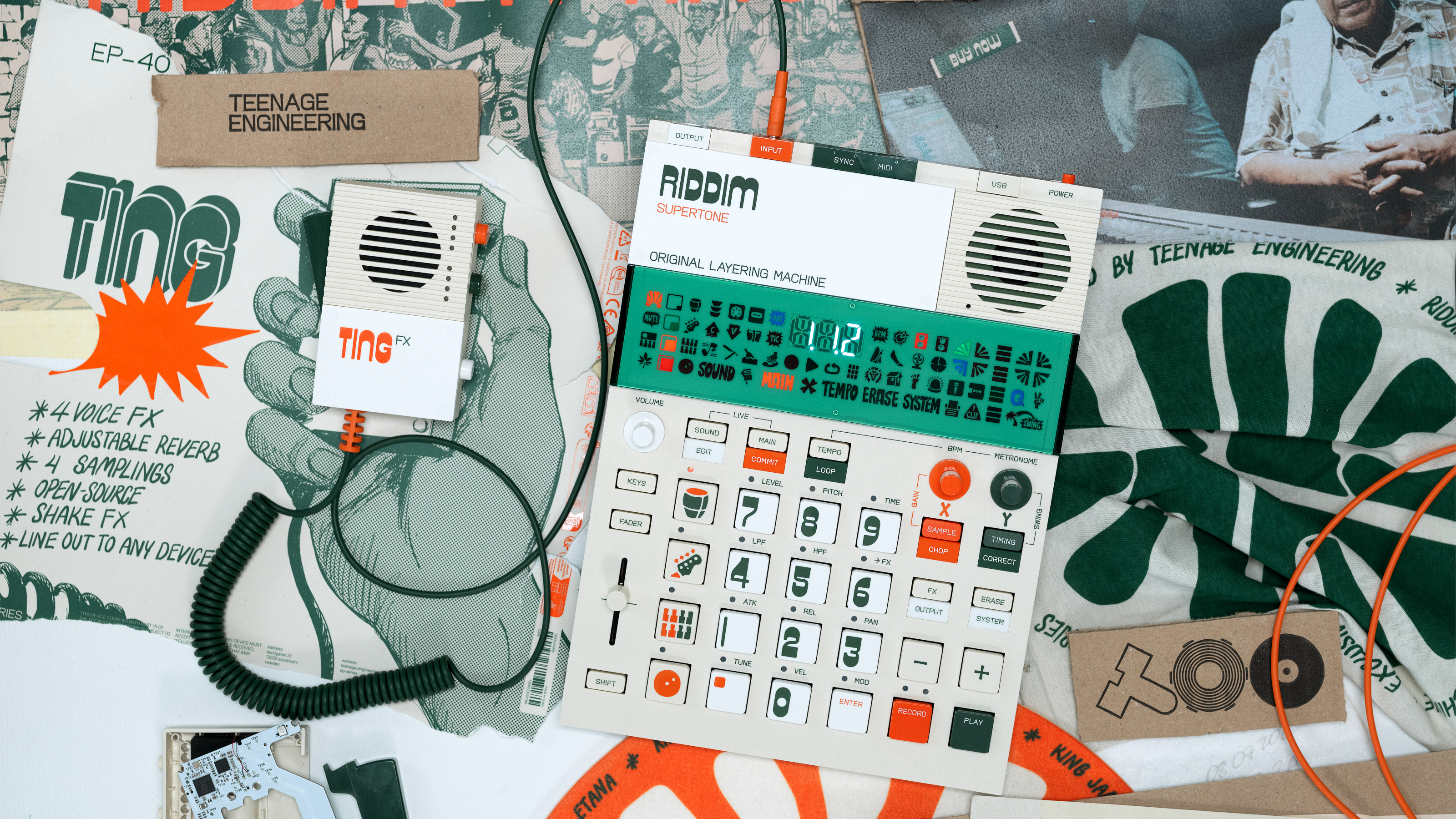 Teenage Engineering gets playful with two new devices, Riddim and Ting
Teenage Engineering gets playful with two new devices, Riddim and TingThe new EP–40 Riddim and EP–2350 Ting from Teenage Engineering are infused with authentic dub and reggae sounds and effects
-
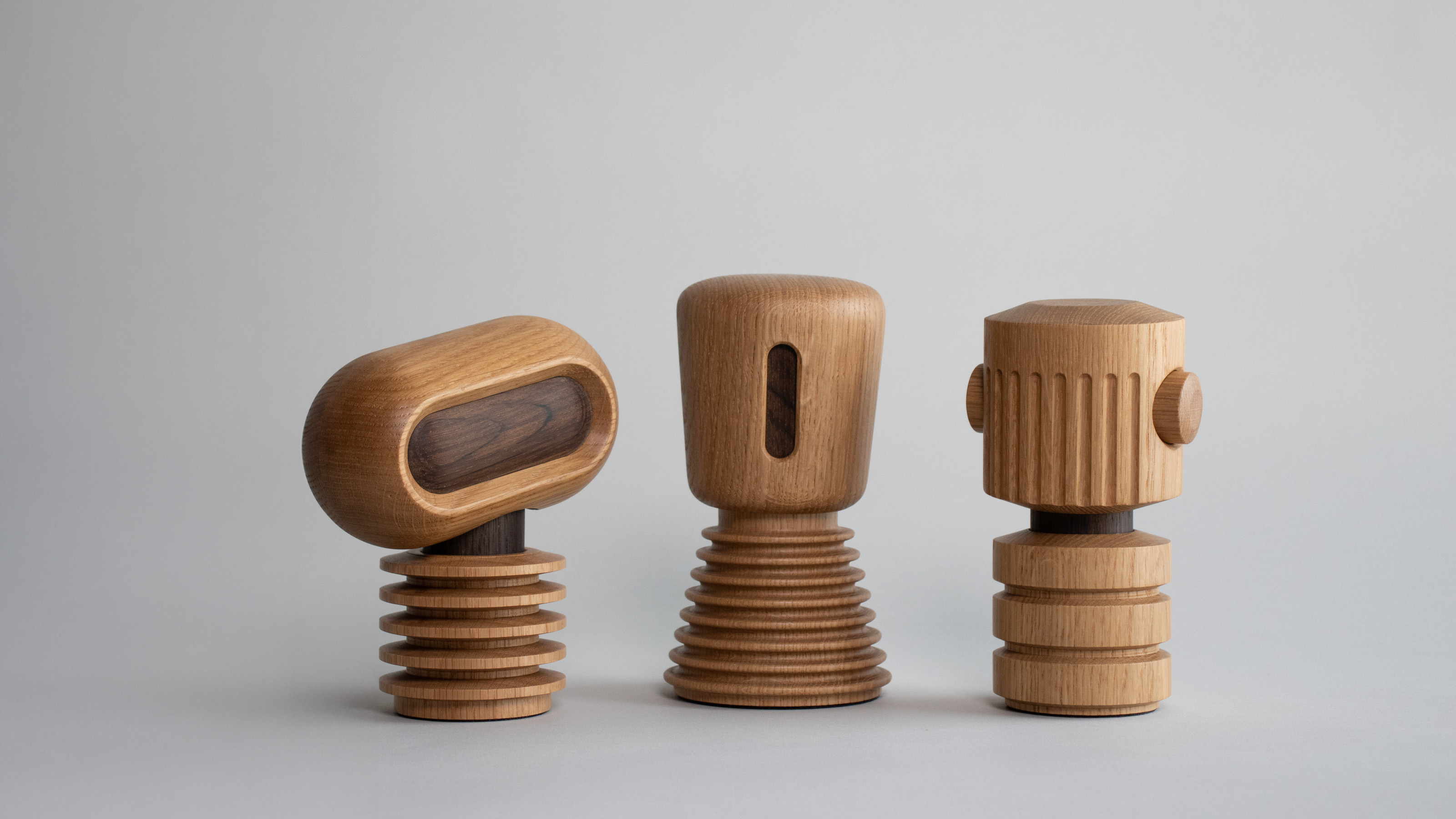 Forget the sensor-stuffed smart home and opt for these bots made from warm Danish oak instead
Forget the sensor-stuffed smart home and opt for these bots made from warm Danish oak insteadSwift Creatives have debuted their conceptual Wooden Bots, smart notification systems concealed within a trio of sculptural, highly crafted, but still recognisably robotic devices
-
 Two new portable projectors from Wanbo and Soundcore showcase extremes of scale
Two new portable projectors from Wanbo and Soundcore showcase extremes of scaleThe ultra-compact Wanbo Dali 1 goes up against Soundcore’s mighty Nebula X1 Pro mobile theatre system
-
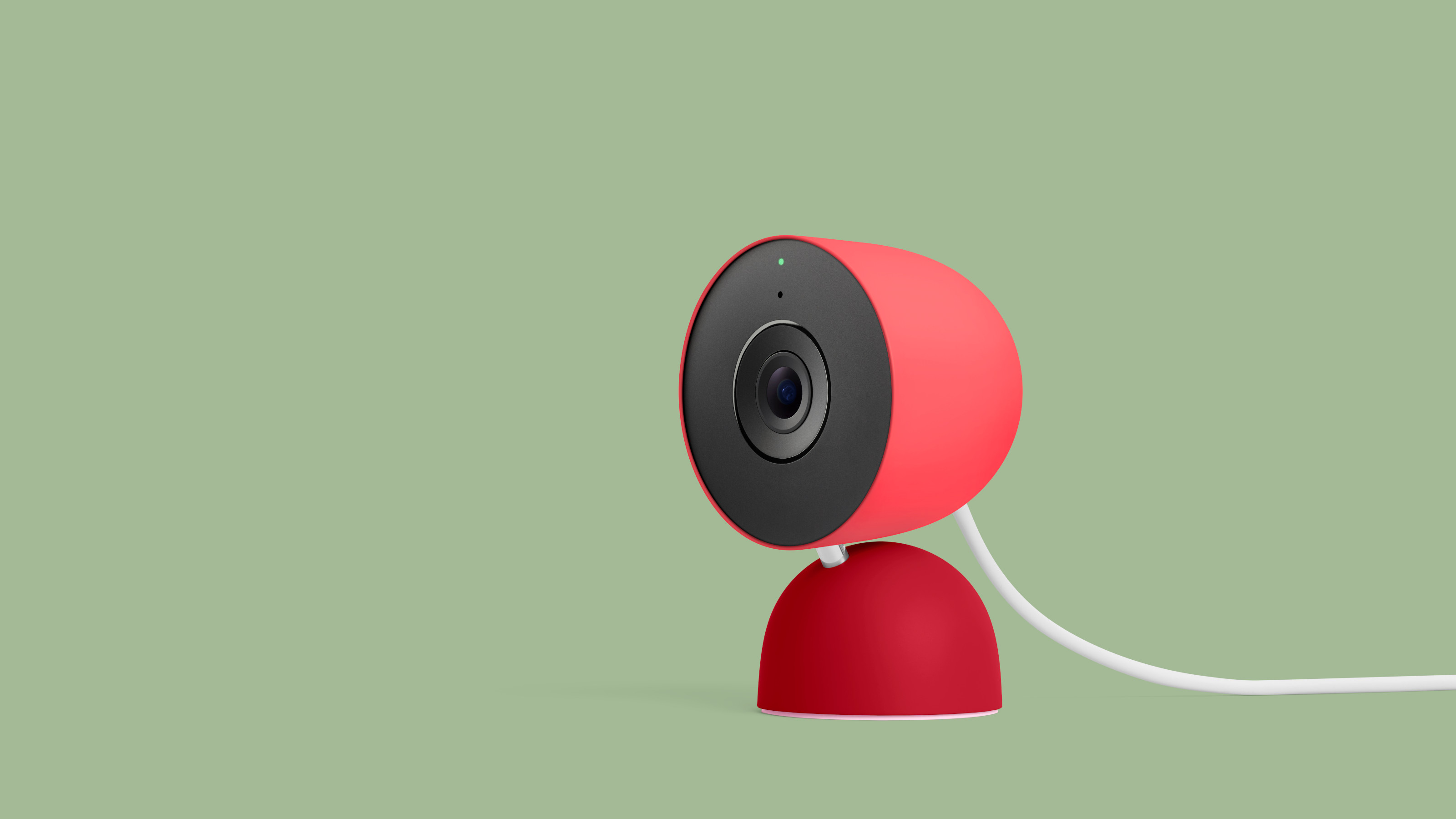 Google Home gets a glow-up as Gemini joins the party with its uncanny observational skills
Google Home gets a glow-up as Gemini joins the party with its uncanny observational skillsYour smart speaker becomes sentient and you now have your own NSA-grade domestic surveillance set-up. Welcome to the terrifying power of Gemini-enabled Google Home